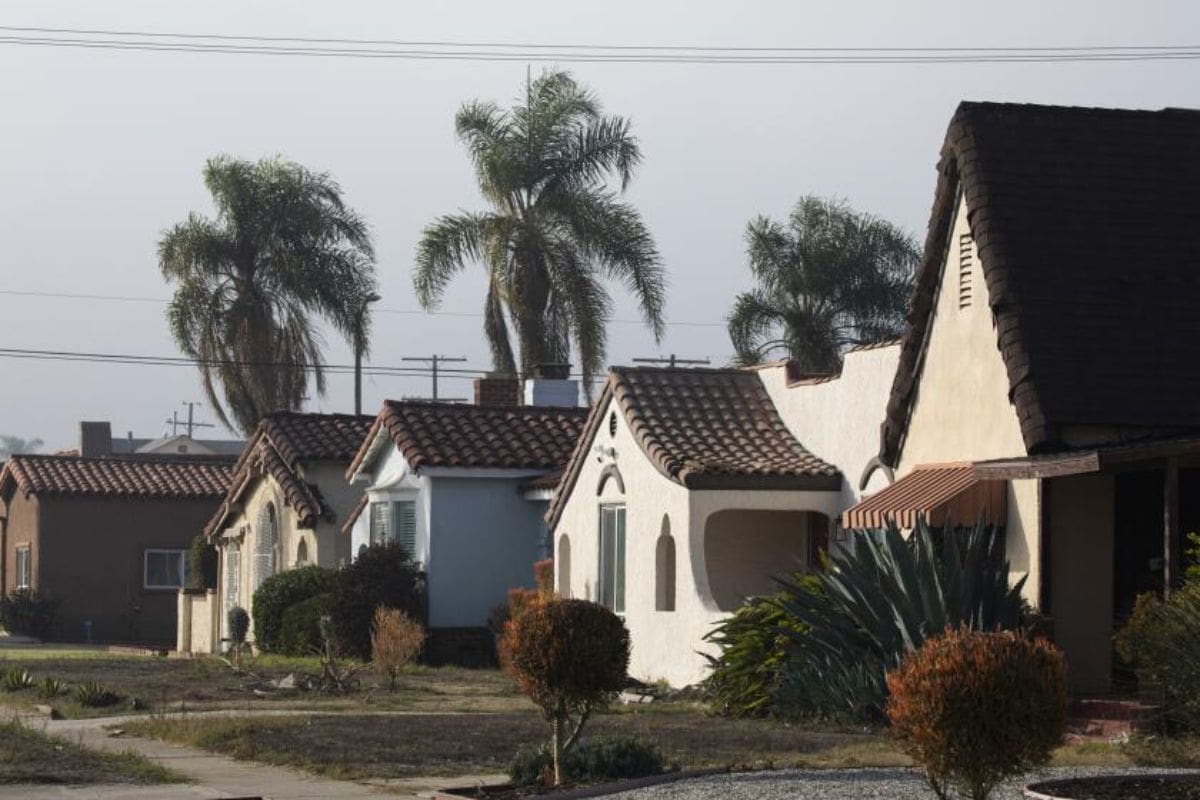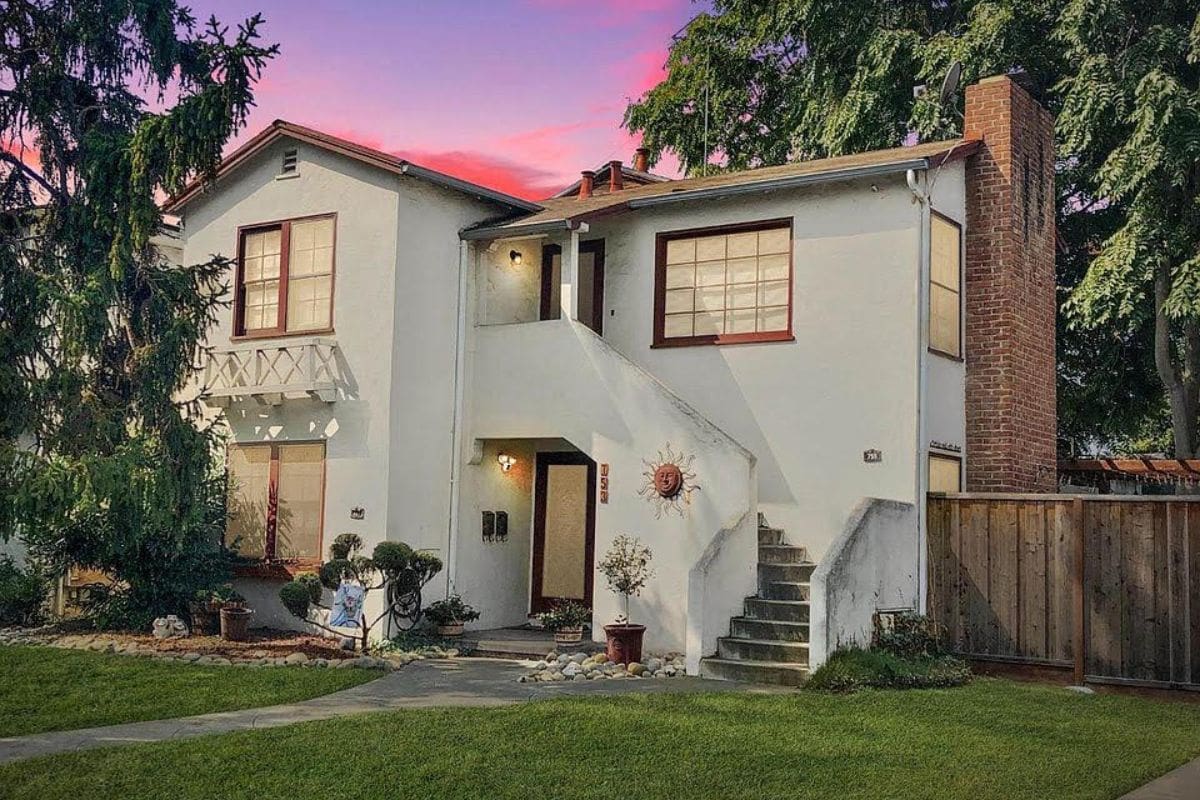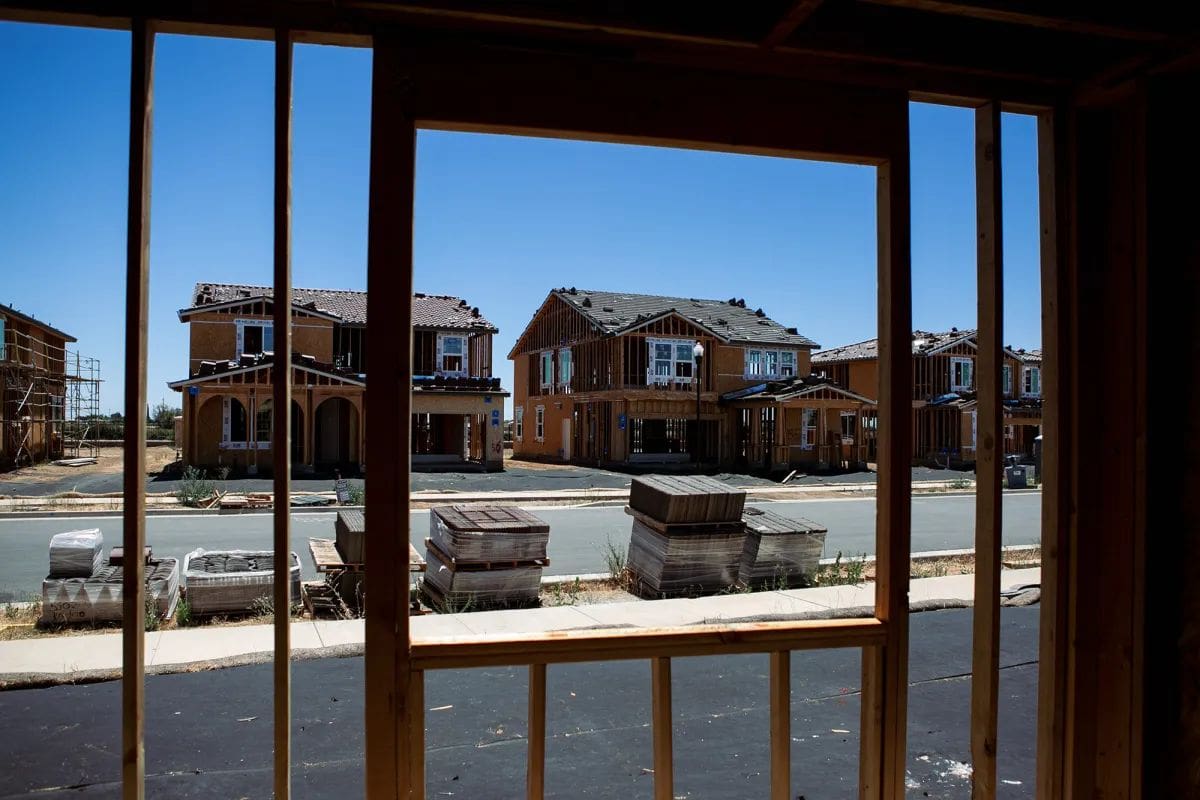Mystery Behind California Home Act: As the curtains close on the California Home Act, questions linger in the air, shrouded in mystery and intrigue. The demise of SB9, once hailed as a beacon of hope for affordable housing and urban development, has left many baffled by its abrupt end.
What forces were at play behind the scenes, orchestrating the untimely demise of this crucial legislation? Join us as we unravel the web of complexities surrounding SB9’s demise and the underlying motives that led to its unexpected downfall.
A Promise Unfulfilled
The implementation of California Senate Bill 9 (SB9) has underscored a stark reality – a promise made but left unfulfilled, exacerbating the state’s housing crisis. SB9, initially heralded as a beacon of hope in addressing California’s housing shortage, has encountered numerous obstacles that have hindered its effectiveness. Despite the pressing need for affordable housing solutions, SB9 has struggled to deliver on its intended purpose due to a combination of logistical challenges and opposition from local authorities.
One of the primary reasons for SB9’s unfulfilled promise is the presence of restrictive provisions within the bill itself. These provisions have created barriers for homeowners looking to participate in efforts to alleviate the housing crisis. Additionally, the resistance from local governments has further impeded the bill’s reach, as many municipalities have been reluctant to embrace the changes mandated by SB9.
As a result of these challenges, California continues to grapple with a severe housing shortage, leading to a staggering number of over 171,000 homeless individuals in the state. Furthermore, the median housing prices have continued to soar, making homeownership increasingly unattainable for many Californians. The failure of SB9 to live up to its promises has only served to exacerbate these existing issues, highlighting the urgent need for more effective and comprehensive solutions to the state’s housing crisis.
SB9’s Limited Reach
Exposing the constraints imposed by logistical challenges and local opposition, SB9’s effectiveness in addressing California’s housing shortage falls significantly short of initial expectations. Even before its implementation in 2022, UC Berkeley’s Terner Center for Housing Innovation raised concerns about the bill’s limited reach, estimating that only about 5.5% of single-family houses in California would be eligible to benefit from its provisions. This estimation highlights the narrow scope of SB9, indicating that it may not have the broad impact needed to tackle the state’s housing crisis.
Logistical challenges further hinder SB9’s potential impact, making it difficult for the bill to achieve substantial results in increasing housing stock. The complexities involved in implementing the bill, such as navigating zoning regulations and construction processes, present significant obstacles that could impede its effectiveness. Additionally, opposition from local governments adds another layer of difficulty, as resistance from these entities can slow down or even block the implementation of SB9 in various regions across California.
While proponents of SB9 argue that any progress in expanding housing options should be welcomed, critics emphasize that the bill’s limitations prevent it from offering a comprehensive solution to the housing crisis. The combination of logistical challenges and local opposition underscores the significant hurdles that SB9 faces in making a meaningful impact on California’s housing shortage.


Local Sabotage: Cities Undermining SB9
SB9’s intended impact on California’s housing shortage faces significant obstacles as local governments actively obstruct its implementation, undermining the bill’s effectiveness through legal challenges and strategic maneuvers. The resistance from cities like Huntington and Woodside highlights a broader trend of municipalities seeking to impede SB9’s progress.
Here are some key tactics employed by local governments to sabotage SB9:
- Lawsuits: Cities have resorted to legal action, claiming that SB9 infringes upon their local sovereignty.
- Exploitation of Loopholes: Some municipalities have exploited loopholes by designating areas as historic or fire-prone districts, effectively circumventing SB9’s applicability.
- Objective Design Standards: By implementing strict size limits under the guise of ‘Objective Design Standards,’ cities have rendered SB9 virtually unusable.
- Strategic Zoning Decisions: Local governments have strategically manipulated zoning regulations to restrict the scope of SB9, limiting its impact on housing development.
- Political Maneuvering: Through political maneuvering and lobbying efforts, cities have sought to undermine the spirit of SB9 and maintain control over their land-use planning processes.
These concerted efforts by local governments pose a significant challenge to the successful implementation of SB9 and underscore the complex interplay between state and local interests in addressing California’s housing crisis.
Revival Efforts and Ongoing Challenges
Amidst the evolving landscape of California’s housing policy, the current trajectory of revival efforts for SB9 and the persistent challenges it faces reveal a complex and intricate path forward. Despite the setbacks, State Attorney General Rob Bonta has taken a proactive stance in defending SB9 by establishing a ‘Housing Strike Force’ dedicated to enforcing state housing laws. This move underscores the commitment to revitalizing the legislation and addressing the hurdles that have impeded its progress.
Efforts are underway to tackle the loopholes and opposition that have hindered the effective implementation of SB9. One notable development is the introduction of Senate Bill 450, which aims to prohibit Objective Design Standards that specifically target SB9 housing projects. By addressing these issues head-on, policymakers are striving to create a more conducive environment for SB9 to thrive and fulfill its intended purpose.
However, the limited impact of SB9 thus far raises pertinent questions about its efficacy in tackling California’s overarching housing crisis. The revival efforts must navigate through a maze of legal, political, and practical challenges to truly make a difference in the state’s housing landscape. The road ahead is fraught with complexities, but with strategic interventions and unwavering dedication, there is hope for SB9 to realize its full potential and contribute meaningfully to addressing California’s housing woes.
| Challenges Faced | Revival Efforts | Ongoing Actions |
|---|---|---|
| Loopholes in SB9 | Creation of ‘Housing Strike Force’ by AG Bonta | Introduction of Senate Bill 450 |
| Opposition from Cities | Addressing legal and political hurdles | Prohibition of Objective Design Standards |
| Limited Impact | Enhancing enforcement mechanisms | Continued advocacy efforts |
Beyond SB9: Addressing the Root Issues
The challenges faced by SB9 in addressing California’s housing crisis illuminate the necessity for a more comprehensive approach to tackle the root issues plaguing the state’s housing landscape. While SB9 was a well-intentioned step towards addressing the housing crisis, it is evident that more robust measures are required to combat the deep-rooted problems. To truly make a substantial impact, California must the core issues contributing to the housing crisis.
- Taxation on Vacant Properties: Implementing heavy taxes on vacant properties can discourage property owners from holding onto unused housing units for speculative purposes, thereby increasing the availability of housing for residents.
- Incentivizing Property Utilization: Creating incentives for property owners to rent out or utilize their properties effectively can help alleviate the shortage of available housing in the state.
- Large-Scale Housing Projects: Investing in and promoting the development of larger-scale housing projects can significantly increase the supply of affordable housing options for Californians.
- Regulation of Property Speculation: Enforcing regulations to curb property speculation and flipping can stabilize housing prices and prevent artificial inflation within the market.
- Community-Centered Planning: Engaging communities in the planning and development processes can ensure that housing projects meet the actual needs of residents and promote sustainable growth.
Addressing these root issues through a multifaceted approach is imperative to effectively combat California’s housing crisis and ensure the availability of affordable housing for all residents.


ALSO READ: California Court Declares Kern County Oil Gas Permits Illegal
News in Brief
As the curtain falls on the California Home Act, the enigma surrounding SB9’s sudden end raises questions. Once seen as a beacon for affordable housing, SB9’s unfulfilled promise stems from restrictive provisions and local resistance. Logistical challenges and municipal opposition hindered its impact, leaving California grappling with a severe housing shortage. Local sabotage, through lawsuits and strategic zoning decisions, further thwarted SB9’s reach. Revival efforts, spearheaded by AG Rob Bonta and Senate Bill 450, aim to address loopholes and opposition. However, the limited impact prompts a broader perspective on tackling root issues, including taxation on vacant properties and community-centered planning, to combat California’s housing crisis effectively.
Our Reader’s Queries
Why is California in a housing crisis?
The disparity in supply and demand arose due to robust economic growth generating hundreds of thousands of new jobs, thereby escalating the demand for housing. However, the insufficient construction of an adequate number of new housing units failed to keep pace with this rising demand.
What is the California Home Buying Act?
This law empowers homeowners to build intergenerational wealth and offers working families, who might otherwise face exclusion from neighborhoods due to high prices, increased options for both rental and ownership.
What is the Affordable Housing Act in California?
The Housing for All Act is a comprehensive legislative package designed to tackle the fundamental challenges of homelessness and affordable housing not only in California but across the nation. It encompasses provisions that approach this crisis from various angles, including my proposed Safe Parking Program legislation inspired by the successful model in Santa Barbara…
What percent of California owns a home?
In 2022, California achieved its highest homeownership rate since 2011, reaching 55.3%. However, only Washington, D.C., with a rate of 42%, and New York, with 54%, had lower homeownership rates.

